This September, all eyes will be on Apple's iPhone 16 Pro lineup. Here are the top five new features and upgrades that matter the most.
As is always the case for Apple, the rumor mill continually leaks and speculates about Apple's next iPhone.
With September only a few short months away, these are the top five upgrades you should be looking out for from Apple's iPhone 16 Pro and iPhone 16 Pro Max.
iPhone 16 Pro upgrades: Camera
As one of the most important elements of the iPhone, the camera system's changes are of particular interest to leakers and rumor merchants.
The iPhone 15 Pro Max significantly pushed the camera system forward, adding a 5x optical zoom with its tetraprism lens. In the iPhone 16, the Pro may get it too.
After adding one 48MP sensor to the rear, there's the possibility of adding a second, affecting the Ultra Wide camera. That would theoretically leave the telephoto as the last to use a 12MP sensor.
Claims of thinner lenses could help reduce the size and weight of the camera module Meanwhile a redesign could mean a slimmer bump for the non-Pro models.
iPhone 16 Pro upgrades: A18
The chip at the heart of the iPhone is a very important part of the entire device. Each year, it gets faster and more powerful, offering users to do even more.
With Apple's apparent push into AI, the changes could be a lot more pronounced. Rather than a simpler update to the CPU and GPU performance, Apple could make an alteration to the Neural Engine.
Indeed, analyzing the A-series as a whole, it is probable that the A18 will have six GPU cores and six CPU cores, with two performance cores accompanied by four efficiency cores.
The Geekbench score improvements could be about 10% for both single-core and multi-core testing compared to the A17 Pro used in the iPhone 15 Pro range.
The Neural Engine has always been a 16-core component, except in Ultra versions of Apple Silicon chips. There's always a chance more cores could be used in the next iteration to handle AI tasks.
Apple's already made a performance boost to the Neural Engine in the A17 Pro, with its 38 trillion operations per second more than double the 17 trillion of the A16.
More operations per second is likely. How Apple achieves it is anyone's guess.
iPhone 16 Pro upgrades: Display
The screens for the iPhone 16 Pro lineup could be bigger than ever before. Rumors claim the iPhone 16 Pro could have a 6.3-inch screen, instead of a 6.1 version.
The Pro Max could go even better, growing to 6.9 inches overall.
To go with the size increase, Apple could try to keep the overall mass of the iPhone down by using even thinner bezels than in the iPhone 15 Pro Max.
The display could end up being even brighter, thanks to using technologies like a Micro Lens Array.
Lastly, the screen may finally say goodbye to black gaps at the top. Rather than a notch or the Dynamic Island, Apple could do away with it entirely by implementing an under-display Face ID system.
iPhone 16 Pro upgrades: Buttons
Not necessarily what you would expect to be a hotbed of rumors, but the buttons on the side have caught the attention of leakers.
The arrival of the Action Button in the iPhone 15 Pro may lead to another addition. This time, a Capture button that would offer similar physical control over photography as a camera's shutter button.
There have also been claims that Apple could use capacitive buttons in the update.
Naturally, an extra button means case producers have to rethink their plans.
iPhone 16 Pro upgrades: Battery
All other upgrades to the iPhone are useless without power. Thankfully, there could be some changes on the way in that regard.
For a start, there are expectations of capacity increases, with the cells holding more charge than in the iPhone 15 Pro lineup. This alone will extend battery life, but it will do even more if Apple improves overall performance in other areas.
There have also been reported tweaks to the design, including the use of a "frosted metal shell."
A graphene heat sink may help improve heat transfers from the battery, minimizing wear from thermal load. A new high-performance cathode could reduce charging times and increase capacity further.
The batteries could also be a lot greener in the end. In 2023, Apple said that battery designs in 2025 will use entirely recycled cobalt, though it can always make changes earlier than its self-imposed deadline.
 Malcolm Owen
Malcolm Owen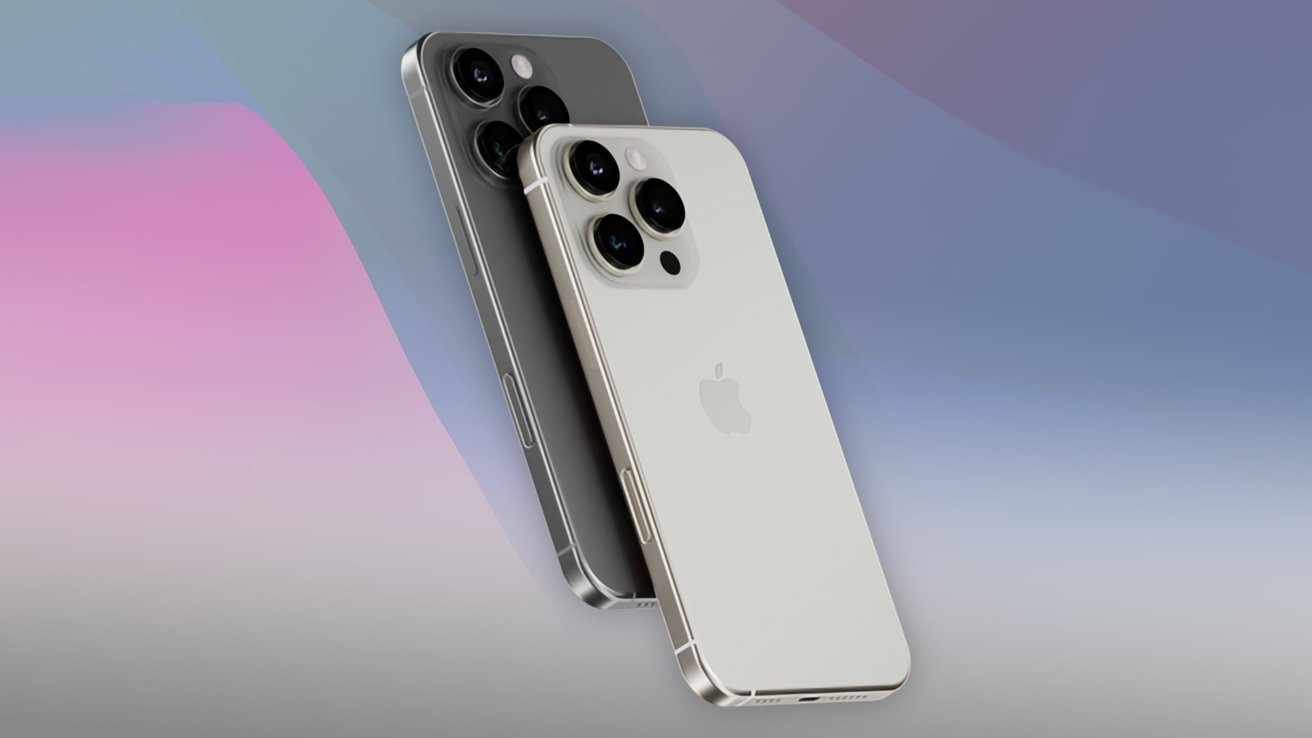
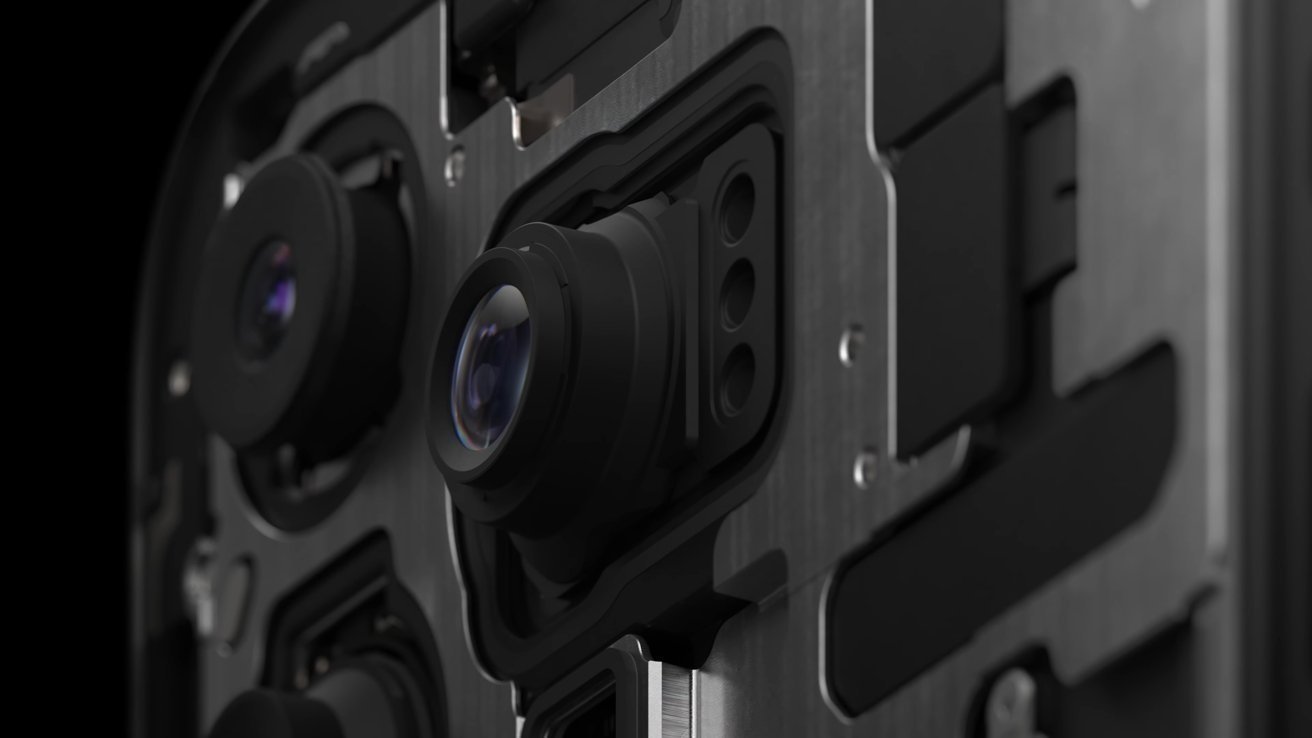

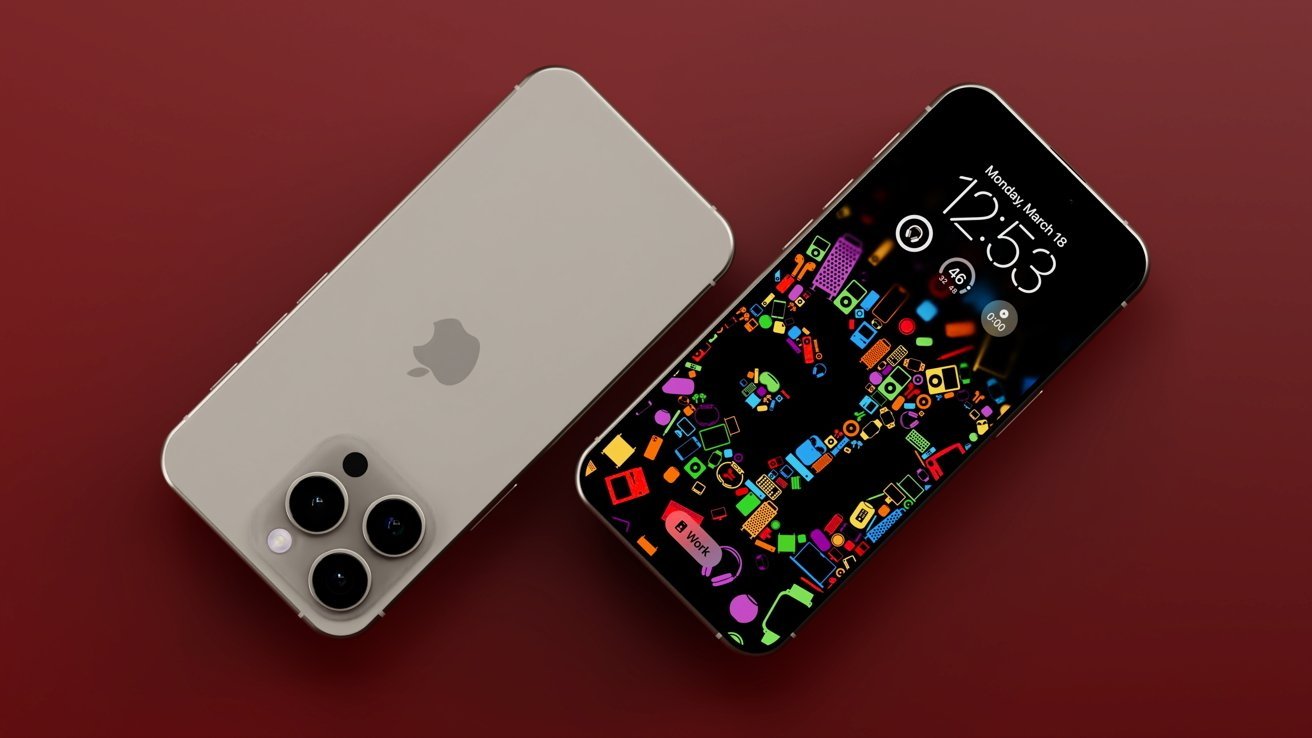

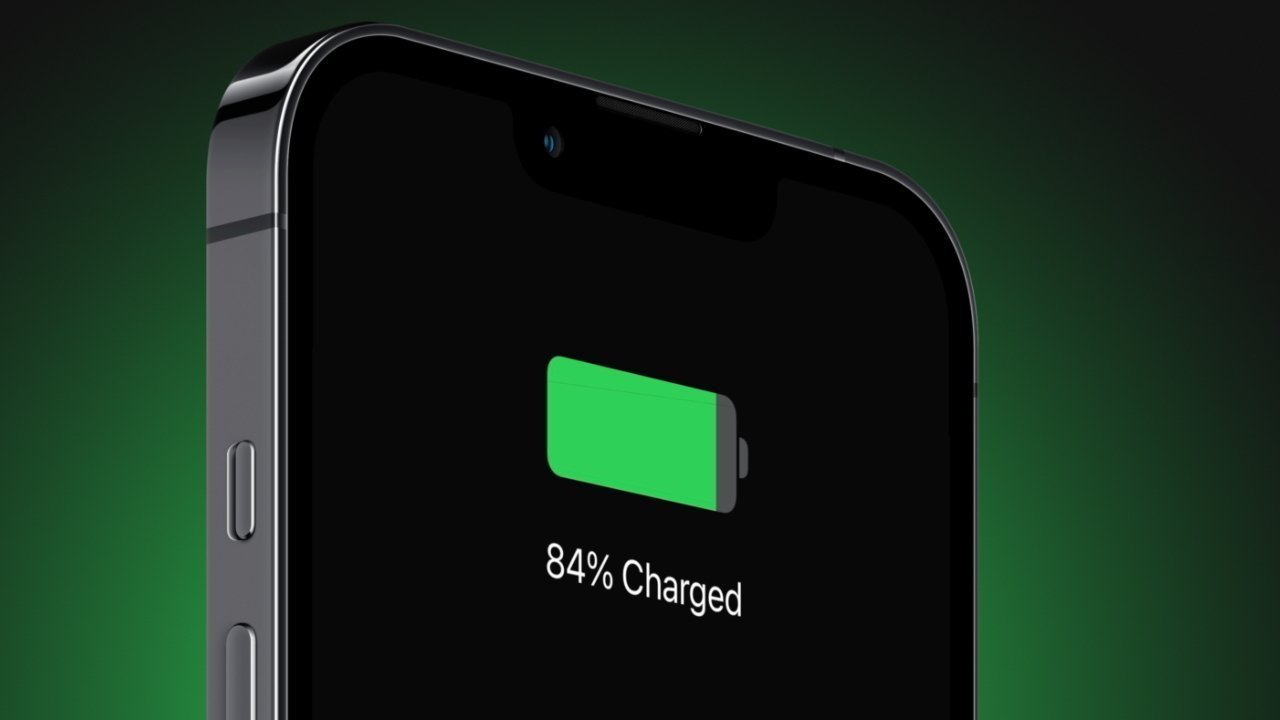



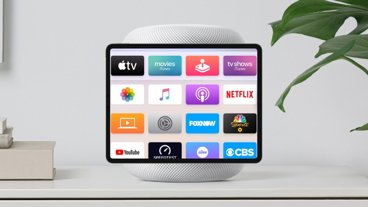


-m.jpg)






 Charles Martin
Charles Martin


 Wesley Hilliard
Wesley Hilliard
 Stephen Silver
Stephen Silver
 William Gallagher
William Gallagher

 Marko Zivkovic
Marko Zivkovic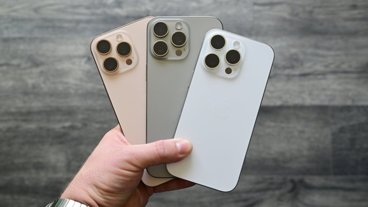








15 Comments
Looking forward to upgrading my 12 Pro this year.
"The iPhone 15 Pro
Absolute nonsense. Why can't AppleInsider get this right? What Apple did with the 15 Pro Max was replace the fixed focal length 77mm telephoto lens previously used with a fixed focal length 120mm telephoto lens. Neither lens has optical zooming, nor does ANY lens of the three in the iPhone Pro models. Zooming is done via sensor cropping and computational photography. Whether the 120mm lens "significantly pushed the camera system forward" really depends on whether you do a lot of shooting at 120mm and above. The vast majority of photographers do not, as is the case for the vast majority of photographs taken. Within the much more used and useful 77mm-119mm range, the old 77mm telephoto lens is qualitatively superior, as was shown in AppleInsider's own side-by-side comparison shots as well as those on many other websites. Why is this true? The explanation is simple. Because the 15 Pro Max model handles the 77mm-119lmm range with the 24mm main lens, so there is a lot more sensor cropping and computational trickery going on to achieve those images vs the 15 Pro where the telephoto lens kicks in at 77mm. For the VAST majority of photographers, trading off image quality in a much more useful range to gain better image quality is a much less used range is simply a bad trade and not a step forward. In that way, the "telephoto wars" are somewhat reminiscent of the early "megapixel wars" when phone makers were trumpeting more megapixels as inherently "better," even though the more densely packed tiny sensors produced crappier images.
I won't be upgrading for another couple of years, maybe, but I'm hard pressed for hardware features that are blow-away. What I think would be great for mass market consumer:
1. Increased robustness of the glass and metal frames. Drop it on rough concrete and the glass won't crack, yet will still be resistant to abrasions. Same with the metal frame, except it would be for denting and deformation. One way they can protect the glass is to recess the glass with the metal band lipped around it. Would make for a thicker looking phone, but would cut down on occurrences of cracked glass a lot. A whole lot, perhaps enough that some significant fraction of people won't buy cases.
2. Nano-texture option with tandem OLED. The phone is used a whole lot more in bad lighting conditions than any other device. Provide the option for buyers. Increasing the visibility of the screen and the lifetime of the screen for buyers is a big win.
3. Lithium-iron-phosphate batteries or perhaps silicon anode batteries. There are battery chemistries that have double, triple, quadruple the life cycle of lithium-ion or lithium-polymer batteries. Obvious big win for everyone if their phones have usable batteries that can go for 5 to 10 years.
4. Diffused lighting for FaceTime. Not like a flash, but a lighting system to provide diffused lighting to make FaceTime sessions better. It only needs to be good to 3 feet or so, so it's not like you need a gigantic ring light. And perhaps it can act as a nice diffused flash light for times you are digging around the kitchen cabinets.
5. I prefer an industrial design where the bottom edge is rounded, like on the MBP, MBA and the iPhone 5C. A simple visual to show which side is the display side, makes it a little easier to pick up, and makes it a little gentler in the hand.
No one cares about more buttons. What I want is better battery, brighter screen, better camera, smaller bezels, and smaller notch.